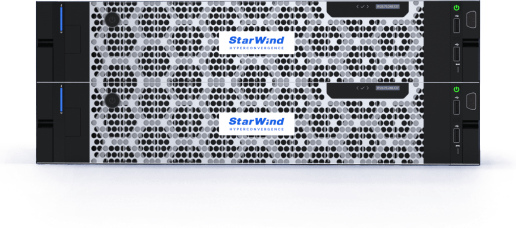If you’re running Windows Server 2025 or Windows 11, you can create a Dev Drive – an optimized volume designed for development workloads. Find out how to set it up and boost your build performance.
Dev Drive feature on Windows Server 2025 (WS 2025) and Windows 11 (W11) is a feature which creates a high-performance volume, formats it with high performance ReFS file system and activate a special security mode in Windows defender allowing you to achieve better overall performance without compromising security. Let’s dive into it.
You can either use WS 2025 or Windows 11 in order to activate the feature. The recommendations from Microsoft also mention minimum 16Gb of RAM and 50Gb of disk space. You’ll need a local admin permission on the machine where you’ll be activating it. Other than that, there are no other requirements, just that you’ll need one the above-mentioned Operating Systems.
What exactly is Microsoft Dev Drive?
With Dev Drive you’ll create a separate volume on your system which will be separate from the operating system or data volumes you already have. It will be showing as a separate disk drive when you open Windows explorer.
The main reason for using Dev drive feature is to be able to get better performance when working/developing, when you copying pasting, building, copying restores, packaging etc. Microsoft has noticed a 25% performance increase on average which is quite noticeable in my opinion.
Dev Drive volume uses ReFS instead of NTFS and ReFS supports Copy-on-Write (Cow) which is a technique that uses linking instead of block cloning. Basically, it means that instead of moving/copying bits around, you only create a link with the metadata reference to the original data on-disk. You not only saving disk space but also speeding the copy times significantly! The Use of Copy-On-Write (CoW) is automatic for Dev Drive and ReFS volumes starting in these OS versions.
If you’re a Visual Studio user, you’ll be able to leverage Dev Drive too. In fact, Visual Studio 17.7 will recognize it when you’re creating a new project and pick that file path by default.
How to create Dev Drive?
Simple. Just head to System > Storage > Advanced Storage settings > Disk and volumes > Create dev drive.
Create Dev Drive Option
Then you’ll have a question where the drive will be located. The thing is that when you don’t have a spare drive/spare volume, the system will use a part of the C: drive and create VHD/VHDX on it. Second option would be to resize your C: drive and create another partition, which might take some time.
By picking up the VHD/VHDX option, you can still place the file on a different drive than the C: drive (if you have one).
In my lab test, I picked the C: as a location of the VHDX.
A new virtual disk is being created. You’ll receive a prompt asking whether you’ll use GPT or MBR for partition style so you can just leave the default GPT.
And that’s it. You’re done. You j
There are also a command line options when you want to enable/disable the Dev Drive, but normally you won’t need them. I’ll leave them here just in case:
To activate Dev Drive:
fsutil devdrv enable
To deactivate Dev Drive:
fsutil devdrv disableActivate Defender Performance Mode
Well, that’s it. The only one parameter which you can do to gain even more performance is to configure Windows Defender antivirus Performance Mode for async scan for that drive. This can be done when you to to Windows Security > Virus and Threat protection > Dev Drive Protection. There you can activate scans for threats asynchronously to reduce performance impact.
Then when you click the See Volumes link, you’ll see the details about the volumes which are with async scanning On or Off.
You may wonder what’s the performance mode compared to real-time protection option. Well, let’s see what Microsoft has to say on the subject. All the details are in this blog post here.
Quote from Microsoft:
By default, to give the best possible performance, creating a Dev Drive automatically grants trust in the new volume. A trusted Dev Drive volume causes real-time protection to run in a special asynchronous performance mode for that volume. Running performance mode provides a balance between threat protection and performance. The balance is achieved by deferring security scans until after the open file operation has completed, instead of performing the security scan synchronously while the file operation is being processed. This mode of performing security scans inherently provides faster performance, but with less protection. However, enabling performance mode provides significantly better protection than other performance tuning methods, such as using folder exclusions, which block security scans altogether.
Final Words
Microsoft Dev Drive is useful for developers using their machine (W11 or WS 2025) for development tasks. They can speed up their common tasks by up to 25% by creating Dev Drive which means to be an easy way to do so. It is an easy task to activate Dev Drive, for sure.
If you have a spare hardware, you can plug in an NVMe SSD, for example, then format it with ReFS and you’ll get the same/better performance than creating VHD/VHDX file. In my lab test I opted for this only because I have no spare hardware to use. Microsoft Dev Drive is a feature for developers, to speed up their workflows.









